
The 1924 United States presidential election was the 35th quadrennial presidential election, held on Tuesday, November 4, 1924. In a three-way contest, incumbent Republican President Calvin Coolidge won election to a full term. Coolidge was the second vice president to ascend to the presidency and then win a full term.
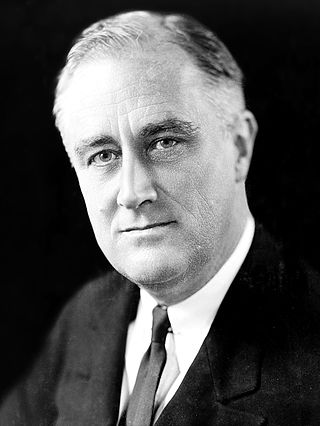
The 1932 United States presidential election was the 37th quadrennial presidential election, held on Tuesday, November 8, 1932. The election took place against the backdrop of the Great Depression. The incumbent Republican President Herbert Hoover was defeated in a landslide by Democrat Franklin D. Roosevelt, the governor of New York and the vice presidential nominee of the 1920 presidential election. Roosevelt was the first Democrat in 80 years to simultaneously win an outright majority of the electoral college and popular vote, a feat last accomplished by Franklin Pierce in 1852, as well as the first Democrat in 56 years to win a majority of the popular vote, which was last done by Samuel J. Tilden in 1876. Roosevelt was the last sitting governor to be elected president until Bill Clinton in 1992. Hoover became the first incumbent president to lose an election to another term since William Howard Taft in 1912, and the last to do so until Gerald Ford lost 44 years later. The election marked the effective end of the Fourth Party System, which had been dominated by Republicans. It was the first time since 1916 that a Democrat was elected president.

The 1936 United States presidential election was the 38th quadrennial presidential election, held on Tuesday, November 3, 1936. In the midst of the Great Depression, incumbent Democratic President Franklin D. Roosevelt defeated Republican Governor Alf Landon of Kansas. Roosevelt won the highest share of the popular vote (60.8%) and the electoral vote since the largely uncontested 1820 election. The sweeping victory consolidated the New Deal Coalition in control of the Fifth Party System.
The New Deal coalition was an American political coalition that supported the Democratic Party beginning in 1932. The coalition is named after President Franklin D. Roosevelt's New Deal programs, and the follow-up Democratic presidents. It was composed of voting blocs who supported them. The coalition included labor unions, blue-collar workers, big city machines, racial and religious minorities, white Southerners, and intellectuals. Besides voters the coalition included powerful interest groups: Democratic Party organizations in most states, city machines, labor unions, some third parties, universities, and foundations. It was largely opposed by the Republican Party, the business community, and rich Protestants. In creating his coalition, Roosevelt was at first eager to include liberal Republicans and some radical third parties, even if it meant downplaying the "Democratic" name. By the 1940s, the Republican and third-party allies had mostly been defeated. In 1948, the Democratic Party stood alone and survived the splits that created two splinter parties.

The 1936 United States presidential election in New York took place on November 3, 1936. All contemporary 48 states were part of the 1936 United States presidential election. Voters chose 47 electors to the Electoral College, which selected the president and vice president. New York was won by incumbent Democratic President Franklin D. Roosevelt of New York, who was running against Republican Governor of Kansas Alf Landon. Roosevelt ran with incumbent Vice President John Nance Garner of Texas, and Landon ran with newspaper publisher Frank Knox of Illinois.

The 1932 United States presidential election in New York took place on November 8, 1932. All contemporary 48 states were part of the 1932 United States presidential election. Voters chose 47 electors to the Electoral College, which selected the president and vice president.

The 1932 United States presidential election in Massachusetts took place on November 8, 1932, as part of the 1932 United States presidential election, which was held throughout all contemporary 48 states. Voters chose 17 representatives, or electors to the Electoral College, who voted for president and vice president.

The 1940 United States presidential election in Vermont took place on November 5, 1940, as part of the 1940 United States presidential election which was held throughout all contemporary 48 states. Voters chose three representatives, or electors to the Electoral College, who voted for president and vice president.

The 1936 United States presidential election in Vermont took place on November 3, 1936, as part of the 1936 United States presidential election which was held throughout all contemporary 48 states. Voters chose three representatives, or electors to the Electoral College, who voted for president and vice president.

The 1932 United States presidential election in New Jersey took place on November 8, 1932. All contemporary 48 states were part of the 1932 United States presidential election. Voters chose 16 electors to the Electoral College, which selected the president and vice president.

The 1932 United States presidential election in Wisconsin was held on November 8, 1932 as part of the 1932 United States presidential election. State voters chose 12 electors to the Electoral College, who voted for president and vice president.
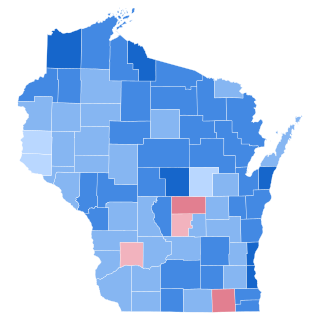
The 1936 United States presidential election in Wisconsin was held on November 3, 1936 as part of the 1936 United States presidential election. State voters chose 12 electors to the Electoral College, who voted for president and vice president.
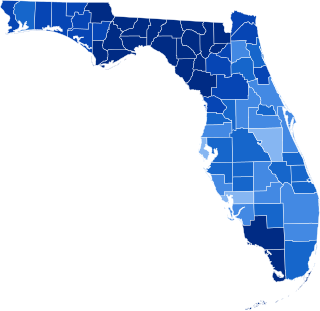
The 1936 United States presidential election in Florida was held on November 8, 1936. Florida voters chose seven electors, or representatives to the Electoral College, who voted for president and vice president.
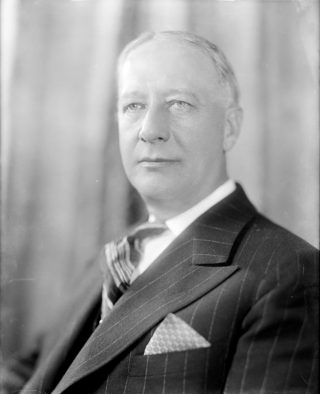
Al Smith, Governor of New York, was a candidate for President of the United States in the 1928 election. His run was notable in that he was the first Catholic nominee of a major party, he opposed Prohibition, and he enjoyed broad appeal among women, who had won the right of suffrage in 1920.

The 1936 United States presidential election in Utah took place on November 3, 1936, as part of the 1936 United States presidential election. All contemporary forty-eight states took part in the national election, and Utah voters selected four voters to the Electoral College, who voted for president and vice president.

The 1924 United States presidential election in North Dakota took place on November 4, 1924, as part of the 1924 United States presidential election which was held throughout all contemporary 48 states. Voters chose five representatives, or electors to the Electoral College, who voted for president and vice president.

The 1936 United States presidential election in North Carolina took place on November 3, 1936, as part of the 1936 United States presidential election. North Carolina voters chose 13 representatives, or electors, to the Electoral College, who voted for president and vice president.
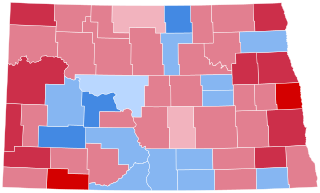
The 1928 United States presidential election in North Dakota took place on November 6, 1928, as part of the 1928 United States presidential election which was held throughout all contemporary 48 states. Voters chose five representatives, or electors to the Electoral College, who voted for president and vice president.

The 1928 United States presidential election in Oregon took place on November 6, 1928, as part of the 1928 United States presidential election. Voters chose five representatives, or electors, to the Electoral College, who voted for president and vice president.

The 1924 United States presidential election in Idaho took place on November 4, 1924, as part of the 1924 United States presidential election. State voters chose four representatives, or electors, to the Electoral College, who voted for president and vice president.






















